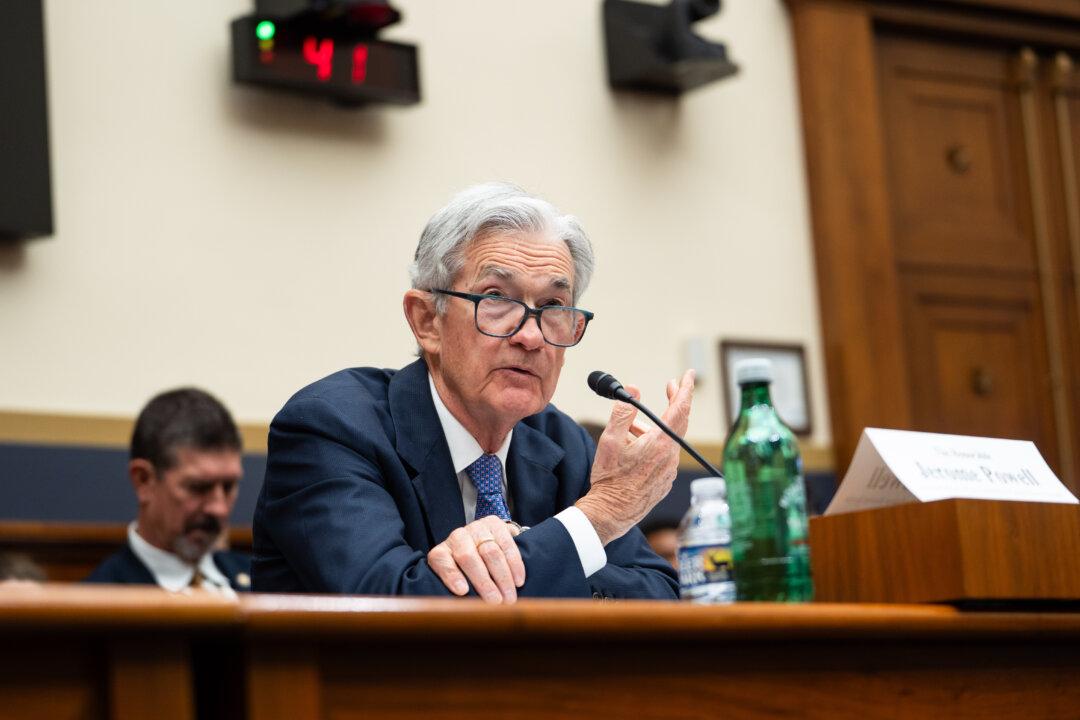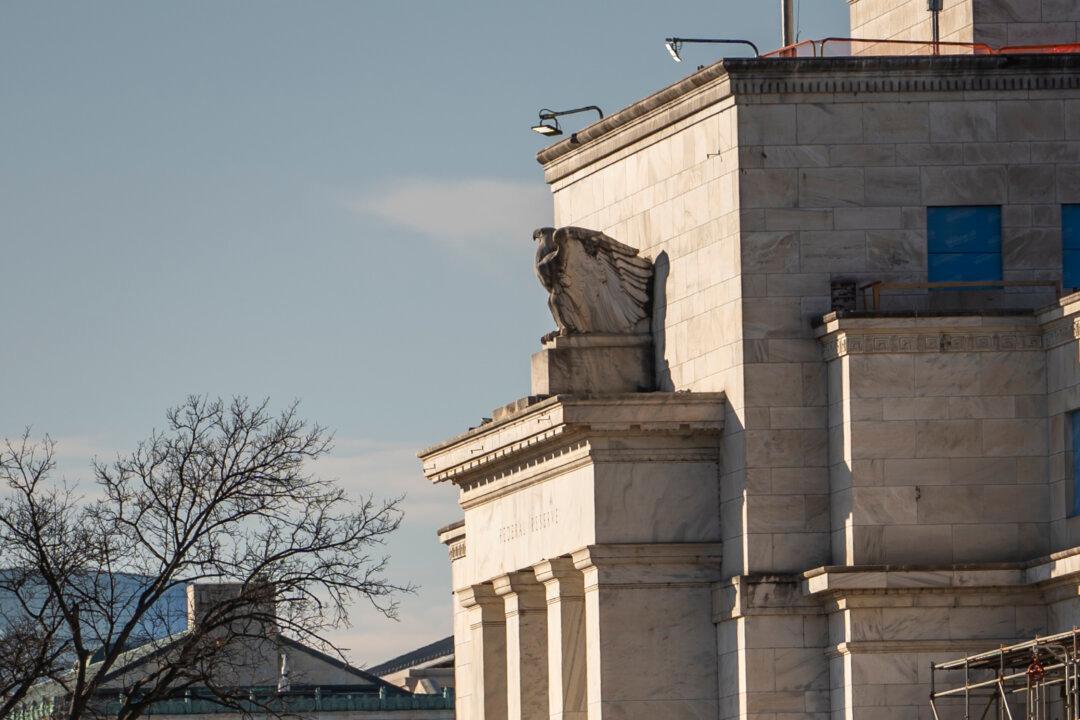Global financial markets are in turmoil on the heels of Israel’s full-scale strikes on Iran, targeting the nation’s nuclear facilities and military leadership.
U.S. stocks plunged on June 13, with the major benchmarks closing down by more than 1 percent.
The blue-chip Dow Jones Industrial Average fell by approximately 400 points, or 0.93 percent, shortly after the market opened. The tech-heavy Nasdaq Composite Index dropped about 250 points, or 1.16 percent. The broader S&P 500 erased nearly 53 points, or 0.87 percent.
Asian markets also settled the session lower. The Hang Seng Index slumped by 0.59 percent, the Shanghai Composite Index tumbled by 0.75 percent, and the Nikkei declined by 0.9 percent.
Israel launched an attack on Tehran’s nuclear and military sites and high-ranking officials as part of an operation called “Rising Lion.”
In a video address to the nation, Israeli Prime Minister Benjamin Netanyahu stated that operations would persist “for as many days as it takes” to eliminate Iran’s nuclear threat.
“For decades, the tyrants of Tehran have brazenly, openly called for Israel’s destruction,” Netanyahu said.
“They backed up their genocidal rhetoric with a program to develop nuclear weapons.
“In recent years, Iran has produced enough highly-enriched uranium for nine atom bombs.”
Following the strikes, Secretary of State Marco Rubio confirmed in a statement that the United States was not involved in the attacks, adding that the administration’s chief aim is to protect U.S. forces in the region.
President Donald Trump, writing in multiple Truth Social posts, urged the Iranian regime to “make a deal, before there is nothing left.”
The market downturn accelerated in the afternoon after Iran carried out retaliatory missile strikes on Tel Aviv.
The Dow closed 769 points lower, down by 1.79 percent. The Nasdaq ended the session down by about 255 points, or 1.3 percent. The S&P 500 closed down by 68 points, or 1.13 percent.
As a result of the attacks, investors fled “to quality in financial markets,” said Mark Dowding, an economist at RBC BlueBay Asset Management.
Oil Spikes by 8 Percent
Energy markets have reacted sharply as crude oil prices have soared to their highest levels since the beginning of the year.West Texas Intermediate (WTI) crude futures advanced more than 8 percent to just below $74 per barrel on the New York Mercantile Exchange. The U.S. oil benchmark turned positive for the year, rising by 2.5 percent after having been down by as much as 15 percent.
Brent, the international benchmark for oil prices, increased by 7.5 percent to above $74 a barrel on the London ICE Futures exchange.

An escalation in the Middle East conflict that disrupts Iran’s crude oil flows would support prices, they noted.
Tehran produces an estimated 3.3 million barrels per day of oil and exports 1.7 million barrels a day in the region, according to ING.
“The loss of this export supply would wipe out the surplus that was expected in the fourth quarter of this year and push prices towards $80/bbl,” the strategists said.
Market analysts will closely monitor the Strait of Hormuz, as approximately 20 million barrels of oil pass through the narrow strait daily.
The Strait of Hormuz is also a crucial location for global liquefied natural gas (LNG) flows, says Henry Hoffman, a co-portfolio manager at the Catalyst Energy Infrastructure Fund.
“Any disruption from Iranian aggression would halt shipments with no viable alternate sea route, sharply tightening global gas markets,” Hoffman said in a note emailed to The Epoch Times.
“Even a temporary shutdown, lasting weeks, would stall millions of tonnes of LNG, tighten markets, and spur sharp price shifts.”
Seeking Shelter
Conventional safe-haven assets were up modestly.Yields on U.S. government debt were mostly in the green. The benchmark 10-year Treasury yield firmed above 4.36 percent. The 2-year yield topped 3.88 percent, while the 30-year yield was little changed at around 4.85 percent.
“On the long end, the 10-year is seeing haven flows on Mid-East tensions, and the 30-year also found demand—particularly after yesterday’s $22bn auction attracted strong interest, suggesting that markets have absorbed latest US debt worries,” Ipek Ozkardeskaya, a senior analyst at Swissquote Bank, said in a note emailed to The Epoch Times.
It was a solid week for U.S. Treasury auctions, suggesting that investors have been looking beyond concerns about the deficit.
“America can keep spending—markets will finance it. What a wonderful world,” Ozkardeskaya added.
The U.S. dollar index, a gauge of the greenback against a weighted basket of currencies, including the British pound and the Japanese yen, surged above 98.00. The index remains poised for a weekly loss and is down more than 9 percent this year.
The metals market was mixed, with gold surging by about 1.3 percent to $3,450 per ounce. Silver prices picked up 0.1 percent, firming above $36 an ounce.
“Bottom line for gold, the long-term uptrend remains intact and gold is setting up to breakout of the consolidatory trading range between support at $3,175 and resistance at $3,450 in the sessions ahead, which would set futures up for a run at all-time highs above $3,500,” Tom Essaye, the president and co-founder of Sevens Research Report, said in a note emailed to The Epoch Times.
Cryptocurrencies plummeted as bitcoin sank more than 2 percent and Ether declined more than 6 percent.







